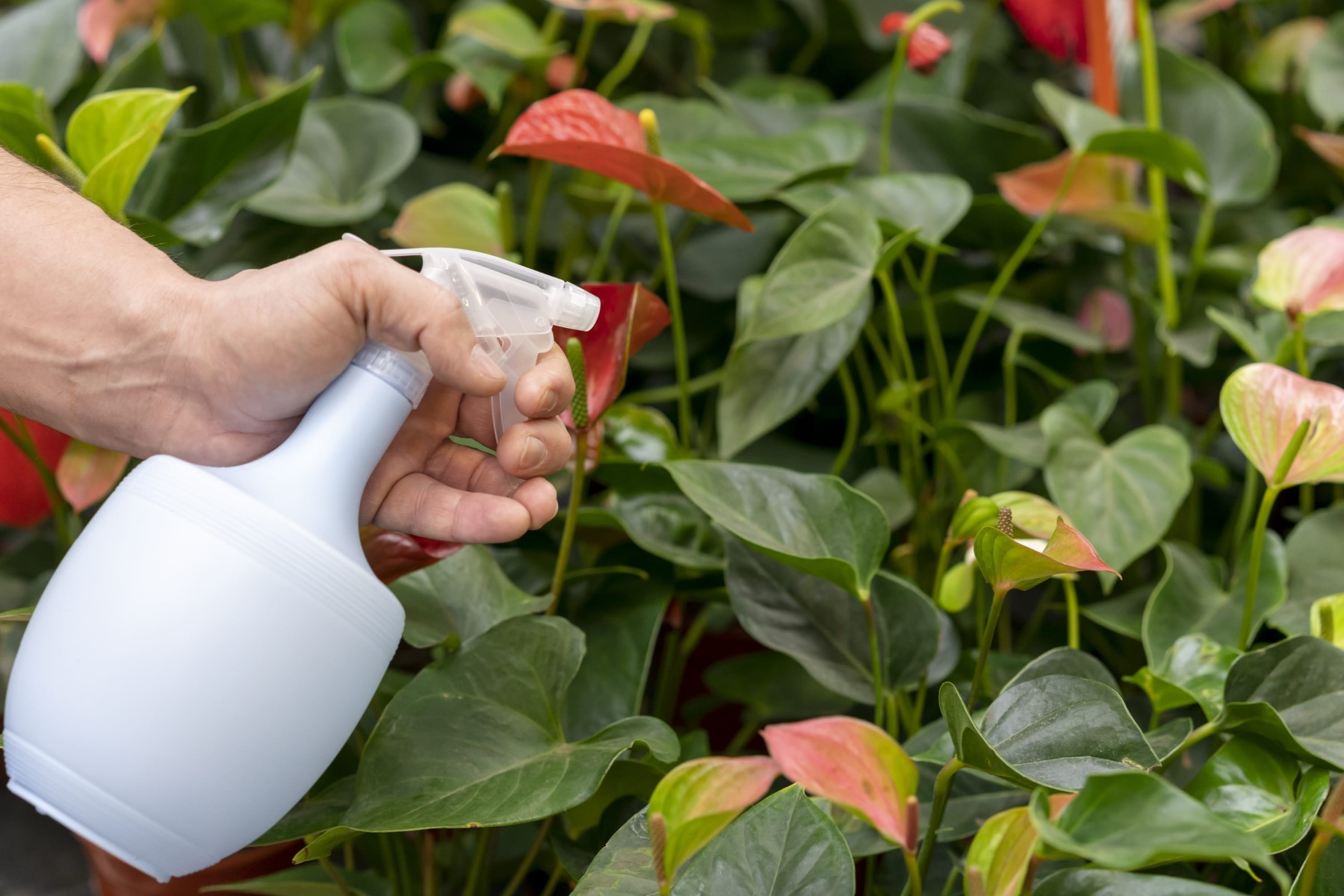Identifying and treating plant diseases in a community garden is important to maintain the health and productivity of the plants. Here are some steps you can take to identify and treat plant diseases:
-
Keep a watchful eye on your plants
Regularly inspect your plants for any signs of disease. Look for spots, discoloration, wilting, and any other abnormalities in the leaves, stems, or flowers.
-
Identify the disease
Once you have identified the symptoms, try to identify the disease. You can consult with a local nursery, agricultural extension office or a gardening community to identify the disease.
-
Remove and destroy infected plants
If you find any infected plants, remove them immediately and destroy them. This will prevent the disease from spreading to other healthy plants in the garden.
-
Sanitize your tools
Use sanitized tools to prune and care for your plants. This will prevent the spread of diseases from one plant to another.
-
Water plants properly
Proper watering techniques can prevent the development of many diseases. Overwatering or underwatering can make the plants more susceptible to diseases.
-
Use organic fungicides
Consider using organic fungicides to treat plant diseases. Organic fungicides are made from natural ingredients and are safe to use in a community garden. Be sure to follow the instructions carefully.
-
Rotate crops
Crop rotation can help prevent the buildup of diseases in the soil. Do not plant the same crops in the same spot every year.
-
Educate your community
Educate your community on how to identify and prevent plant diseases. Encourage them to report any signs of diseases they notice to the garden management.
By following these steps, you can help maintain a healthy and productive community garden
